Inspired by the psychological difficulties the F2M travelers faced on their long journey to Mars, and the work on the innovative “Starshot Program” (see https://www.space.com/32592-breakthrough-starshot-interstellar-laser-sail-challenges.html), some members of the UC Berkeley F2M team started calculating what the broad parameters of a system of sails/reflectors, lasers, telescopes, and solar panels would look like that could “zip” travelers to Mars. Simply put, we asked ourselves: Can we put together technology that is either available now or soon in the future, and attain something that won’t make us look too stupid? And can we do it for under I trillion dollars? Are telescopes, lasers, solar panels, Gadfly bio-systems, and sails ready for this system? And can we build an identical system on Mars, for the deceleration phase? Based on literary and artistic criteria to move people to Mars in a week or so, specifications can then flow down through the system, and tell us what such a system would look like. That is, is such a system may be starting here in art and science fiction — like Arthur C. Clarkes’ conceptualization of geosynchronous communication satellites that led to our present constellations of Comsats — can such a system be ready for more careful studies, possibly to migrate from Bergen Aquarium to other venues? This was too nice an opportunity to turn down — and we started calculating. Students Elliot Heywood, Tom Ribeiro, and Thibaut Bugnot have done all of the work, with cheerleading contributed by Carl Pennypacker.
So we started: Some of the first steps were to calculate rough system parameters and their flowdown — the overwhelming constraint is the acceleration and deceleration. It turns out that a constant acceleration of 0.1 g (g=Earth’s gravitational acceleration) is somewhat of a sweet spot. Crew and cargo can get to Mars in a couple of weeks or so, the whole system probably will cost under a trillion dollars, and this can be a sustainable, green system to move cargo and crew to the Red Planet. We chose a mass (Peter okayed it, I think) for the Gadfly of about 1000 kg — probably too tiny, but a good place to start. Then, from Newtonian physics, we could calculate the number of photons/second required to give the required force on the sail of Gadfly. Then, working backwards, we could calculate the number of lasers needed (assume 1 megawatt continuous lasers), and telescopes. A significant breakthrough occurred when Tom Ribeiro discovered existing commerically available fiber optic lasers with 100 kw continuous power (present performance — http://www.ipgphotonics.com/en/whyIpg#[ipg-technology). The CEO of IPG anticipates 500 kw power laser soon, so we only extrapolate a factor of 2 for Gadfly lasers. Then, given the number of photons/second we need, we can calculate the number of lasers we need, and then start to study telescope constraints.
One big worry is that the optical surfaces have to be of very high reflectivity. Lubin (see attached document) has proven he can achieve reflectances of 99.995%. This means that laser power does not heat up the ground-based telescope’s primary mirrors, for example. The energy density on the sail is lower, but cooling of the sail probably must be considered. (a gotcha that other engineers would say our system is non-sense, but we can probably figure it out..). I think if we make one side of our solar sale black (the side not facing the laser so it can radiate), we may be close to workability. Carl needs to look at this…
Such a system could send 1000kg to Mars every week, so we could have a constant stream of cargo, fish, humans, and other biologically active substances making the journey. Also, all of the investment in this system is up front, and hence could be amortized over 20 years or so, making it pretty cheap.
A first pass at a Gadfly simulator has been written in Python by Thibaut, but needs a web interface to generally be more useful, and some nice graphics to make it attractive. We hope in two months (July 1) such a system would be ready for porting to Bergen/Stord computers, in an alpha-test mode. For example we want to add slider bars to adjust acceleration for example, which then one could see the Atacama, Sahara, and Australian deserts fill up with solar cells!

